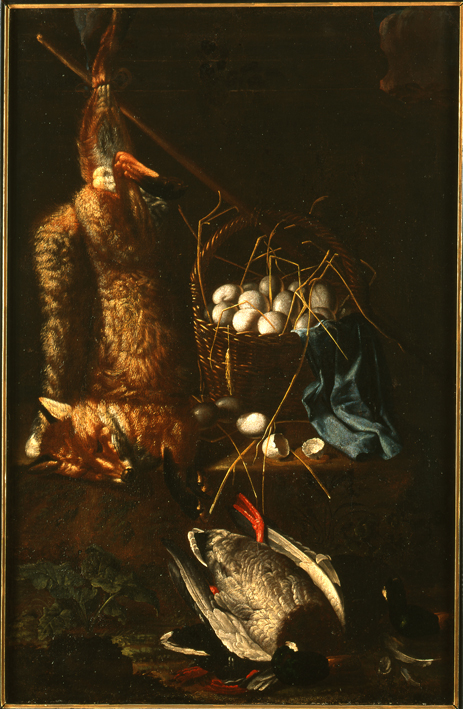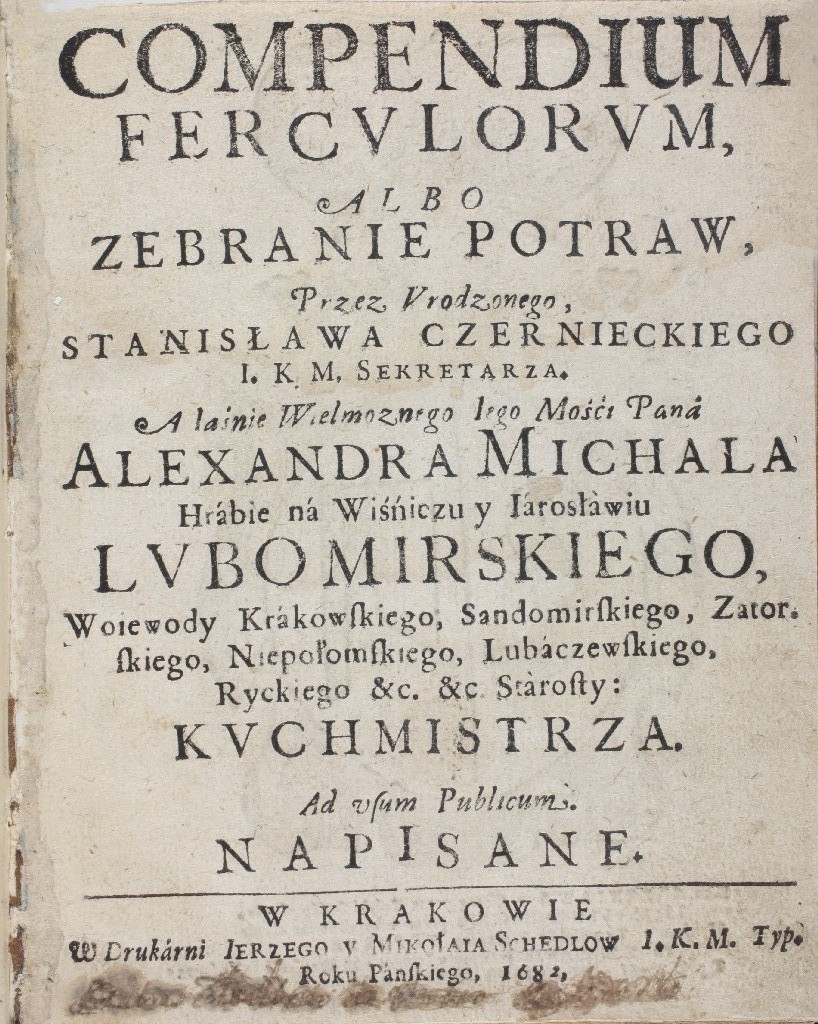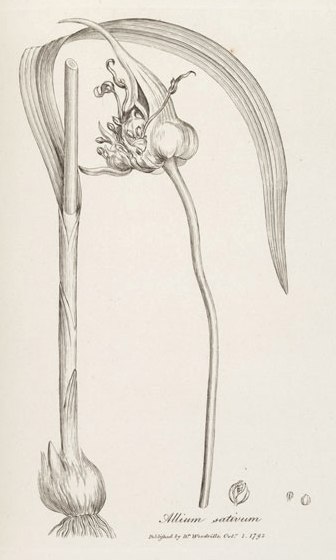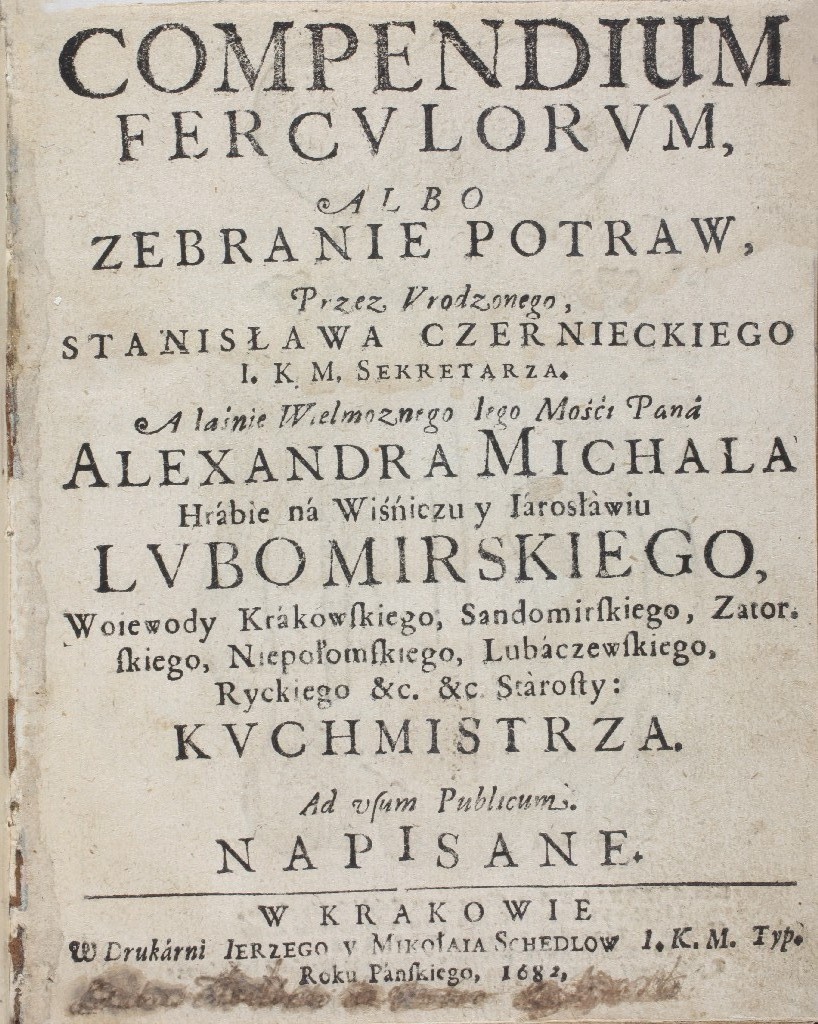One of the most important features of the old Polish cuisine was abundant use of spices and their often surprising combinations. Meat, fish, poultry as well as flour and diary dishes and vegetables were ferociously seasoned with large amounts of pepper, saffron, ginger, nutmeg and mace, cinnamon, coriander, cumin, vinegar, sugar, lemon, lime, musk, pistachios, raisins and other spices. Mothers were said to teach their daughters by saying: only pepper and saffron, my dear.
Large amounts of spices completely changed not only the flavour but also the colour of dishes. Dishes were stewed in thick sauces and broths made of spice mixes, sprinkled with spices, dipped in spices and stuffed and filled with spices. In the 17th century, the characteristic hot flavour of dishes was considered the typical feature of the national cuisine. A cookbook from the 1680s, from the area of the Grand Duchy of Lithuania, contains, for example, a recipe for a "Polish-style pike." The "Polishness" of the fish consisted in the abundance of all sorts of condiments with whose flavours and aromas the fish was thoroughly saturated. A sauce of puréed peas, croutons, onion and parsley was loosened in wine. Then, the sauce was seasoned with pepper, ginger, mace, saffron and sugar. Next, pre-salted pike was cooked in the hot, aromatic and sweetish mixture so that it became saturated with spicy flavours.
We can find similar recipes in Compendium ferculorum by Czerniecki. The above Polish-style pike is similar to the Salmon, royal-style, yellow in the chapter containing recipes for fish dishes. Meat was also stewed in abundantly seasoned thick sauces that combined hot, sweet and acid flavours.
Consequently, the Polish 17th century Baroque cuisine was rich in dishes that for French people, for example, seemed simply inedible. Jean de Laboureur, member of the royal retinue of Maria Louise Gonzaga, when describing a feast given in Gdańsk in 1646, in the honour of the Queen, wrote with regret that everything was prepared Polish-style, that is heavily spiced. As a result, only the two partridges that were served especially to the Queen, were edible.
Historians explained the liking for spicy flavours by the fact that they stimulated thirst for wine or that spices improved the flavour and aroma of meat that was not always fresh. However, the culinary preferences of the Poles of those times were not unusual in Central Europe and they cannot be judged from the perspective of contemporary tastes. Exotic spices were an easy, though expensive way to demonstrate social and cultural superiority and perfectly coincided with Baroque aesthetics, expressed, among others, through the culinary art of those times.
Translation: Lingua Lab






